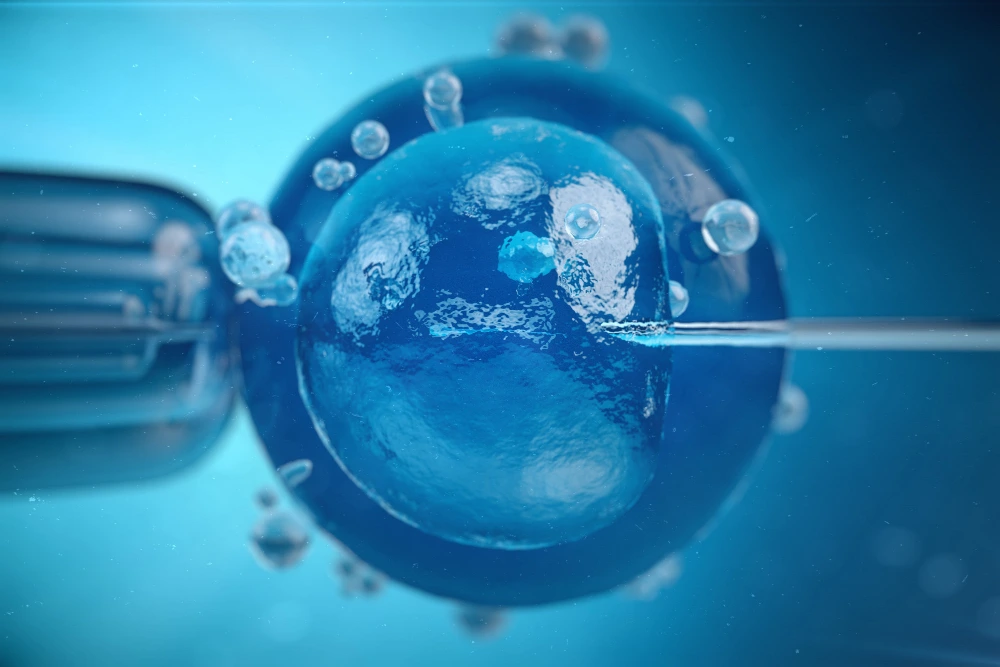Infertility used to be an undiscussed problem a few decades ago. The only option that couples experiencing difficulties had included patience and prayer. However, nowadays, with the development in embryology, science has become an ally. Whether it is how embryos are produced in the laboratory or being frozen to be used in the future, modern embryology makes what was once unfathomable seem promising.
Have you ever heard yourself ask: What can embryology do today? The answer is: quite a lot. And in the middle, it is not merely about cells. It is all about you, your life, your dreams, and the potential science may open.
IVF: The Foundation of Modern Embryology
It all starts with in vitro fertilisation (IVF). Fertilisation has a fighting chance out of the body as eggs and sperm are placed together under a tightly controlled laboratory condition. IVF has given millions of people the happiness of parenthood who had previously been unable to conceive.
Embryologists observe fertilisation, direct the embryo through the initial stages of growth and prepare it to be either transferred or frozen. Each single act, including culture conditions adjustment and the correct embryo choosing, is an exact and science-supported step to possibility.
ICSI: Precision Fertilisation for Male Factor Infertility
The male infertility game-changer is an intracytoplasmic sperm injection (ICSI). In this case, an egg is injected with a single healthy sperm, skipping the issues of motility and count. The method has assisted millions of couples who believed that they could not have children.
ICSI has changed our perceptions regarding the involvement of sperm in the process of conception, and now science can support even the most severe cases of male infertility.
Blastocyst Culture: Letting the Strongest Embryos Shine
In place of transferring embryos on Day 2 or 3, most clinics are now culturing them to Day 5 (blastocyst stage). Why? It is due to the fact that only the most viable embryos reach this far.
Culturing of blastocysts enables embryologists to pick out the embryos that have the best implantation potential, which in many cases results in a higher success rate, with fewer embryo transfers being required to achieve the desired pregnancy outcome- in other words, a decreased risk of twins or triplets, and safer pregnancies.
Embryo Freezing (Vitrification): Pausing Time, Preserving Potential
Embryos can be stored by modern freezing methods, such as vitrification, with close to optimal survival rates. This can be because you are delaying parenthood either to pursue a career or due to health reasons, or perhaps you have gone through numerous IVF cycles; in any case, embryo freezing is your lifeline.
Even better? FETs usually lead to a pregnancy that is just as good or even better than a fresh transfer- a significant success story in science and family.
Preimplantation Genetic Testing (PGT): Healthy Embryos, Informed Decisions
Embryology in modern times not only produces embryos but also aids in screening them to check chromosomal disorders and genetic diseases.
With PGT-A (aneuploidy) and PGT-M (monogenic disorders), you can:
- Decrease the chances of miscarriage
- Enhance the possibility of a healthy pregnancy
- Do not transmit hereditary diseases
This degree of insight can be life-altering to couples known to have a genetic risk, or to couples who have experienced repeated failures of IVF.
Time-Lapse Imaging and AI: Watching Miracles in Motion
Days of embryo peeking once a day under a microscope are over. Nowadays, incubators based on time-lapse can take thousands of photos in a matter of days so that embryologists can monitor the process of development without disrupting the environment of the embryo.
Better yet? The outcome has been increased with the use of Artificial Intelligence (AI) in deciding which embryos stand the best chance of implanting, thus enhancing selection and success rates even further.
Egg and Sperm Freezing: Options Beyond the Clock
The current embryology has also enabled people to freeze their eggs and sperm and maintain their fertility in the process. These options allow individuals to have freedom of choice on whether or not they want to be parents, and whether it comes out of cancer treatment, age, or personal preference.
Suggest to Read :- How does Fertilization Happen? The Science Behind the Beginning of Life
It’s fertility planning on your terms — and it’s made possible by science.
Donation and Surrogacy Support: More Paths to Parenthood
Embryologists are also instrumental in donor egg, donor sperm, and surrogacy programs- they provide personalised, caring solutions to those in need of a little extra. Science can be complicated, but the aim is straightforward: the creation of families.
You + Science = A Future Reimagined
And whether you are just beginning the fertility process or amid IVF cycles, embryology is not merely a process that can be counted and done in a lab coat. It is about giving you the actual possibilities.
Nowadays we are able:
- Produce embryos in the laboratory
- Find out the healthiest ones
- Preserve them unharmed in the freezer to be used later
- Help your natural or chosen way to parenthood
- Improve decisions using AI and imaging
- Combine Empathy and Expertise
Final Thoughts
You are at the centre of what every embryologist does—your life, your strength, and your desire to expand your family. Embryology is the most humane science, a combination of reason, love, and infinite possibility.
So when you wonder whether hope is enough, keep this in mind: with the right science at your side, hope turns to action. And possibility turns to reality.



